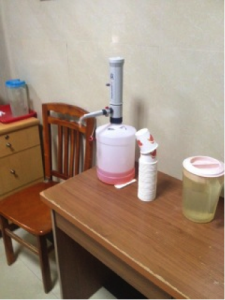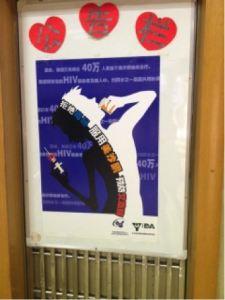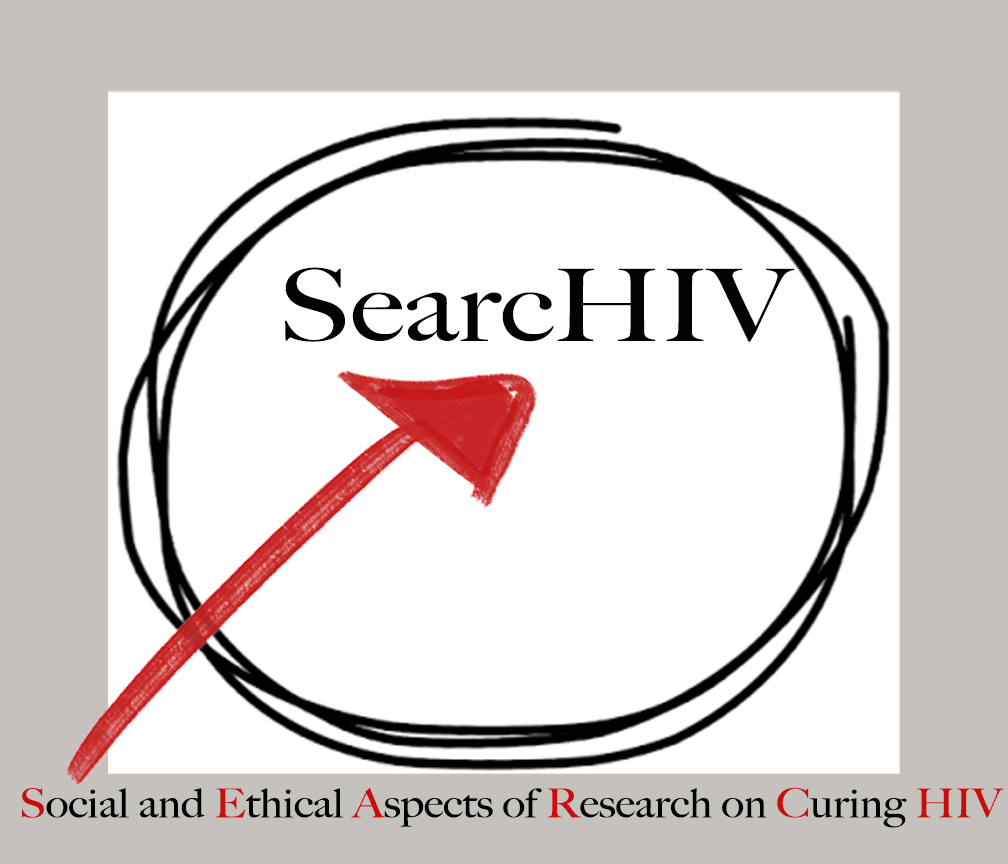By Carissa Chu
The potential global impact of an HIV cure is at the crossroads of biomedical science, social science, and public health. For our recent paper published in the 2015 HIV cure research issue of AIDS Research and Human Retroviruses, we conducted a qualitative study of people who inject drugs (PWID) in Guangzhou, China to investigate the social meaning of curing HIV among this key affected population. PWID face unique social and structural challenges in China[1], resulting in poor access to healthcare, high HIV morbidity and mortality, and perpetually low socioeconomic status.
Guangzhou, China, has witnessed rapid change in substance abuse policy and HIV treatment programs in the past decade. A centralized methadone maintenance treatment system exists, and increasing numbers of PWID are being tested and referred for free treatment under a national HIV treatment program. Guangzhou gave us a unique window into the lives of PWID in an evolving social and political environment.


Key findings of our study are that curing HIV may bring hope, increase linkage to testing and treatment, and increase health-seeking behaviors for PWID. Hopefulness has been cited as a critical promoter of patient resilience, community building, and improving health outcomes [2]. Increasing hope must be balanced with the potential risks of HIV cure research, which, in its current stages, is largely for scientific knowledge with little to no individual benefit for research participants. Comprehensive, informed consent processes are important to prevent false hope, as emphasized by this recent study
Patients, physicians, and social workers in our study felt that the curability of HIV would result in more PWID presenting for testing and treatment, many of whom have neglected to be tested out of pervasive fears of death and stigma. Increasing linkage to care within this community has significant public health implications. Scaling up screening and treatment services targeted towards PWID will be critical, as well as improving referral systems between community clinics and tertiary care centers (infectious disease clinics and hospitals, in particular).
Of note, concerns about behavioral disinhibition if an HIV cure were to be found (i.e. decreased fears about HIV resulting in more high risk behaviors) were counterbalanced by the perceived negative social and financial consequences of injection drug use. These social and financial consequences were seen as primary deterrents for drug use, rather than fear of HIV or other infectious diseases. This suggests that scale up of methadone maintenance programs and social support for PWID and their families should be an important component of HIV cure studies involving this population.
Finally, participants felt that curing HIV may not alter public perceptions of the disease. Social judgment directed against the behaviors associated with HIV may remain, as was the case with syphilis when penicillin became available [3, 4]. In other words, the ability to cure HIV may not destigmatize the disease. This finding highlights the importance of understanding the social impact of curing HIV; social and structural issues surrounding HIV will not be solved with a biomedical cure alone. The long-term success and global impact of an HIV cure will require understanding of diverse social contexts, and we must consider inclusion of PWID in clinical studies and post-trial access.
References:
- Qian Z, Vermund S, Wang N. Risk of HIV/AIDS in China: subpopulations of special importance. Sexually transmitted infections 2005,81:442-447.
- Ezzy D. Illness narratives: time, hope and HIV. Soc Sci Med 2000,50:605-617.
- Green T, Talbot MD, Morton RS. The control of syphilis, a contemporary problem: a historical perspective. Sex Transm Infect 2001,77:214-217.
- Tucker J. The Disruptive Influence of Syphilis Cures on Specialist Venereology Service Systems: Unintended and Intended Implications of HIV Cure. In: Unintended and Intended Implications of HIV Cure: A Social and Ethical Analysis Workshop. Brocher Foundation, Hermance, Switzerland; 2014.


One Response to “Social Implications of an HIV Cure Among People who Inject Drugs: A Qualitative Study”
Anonymous
Besides that, maybe you can try this (http://www.creative-peptides.com/description.asp?id=5753).